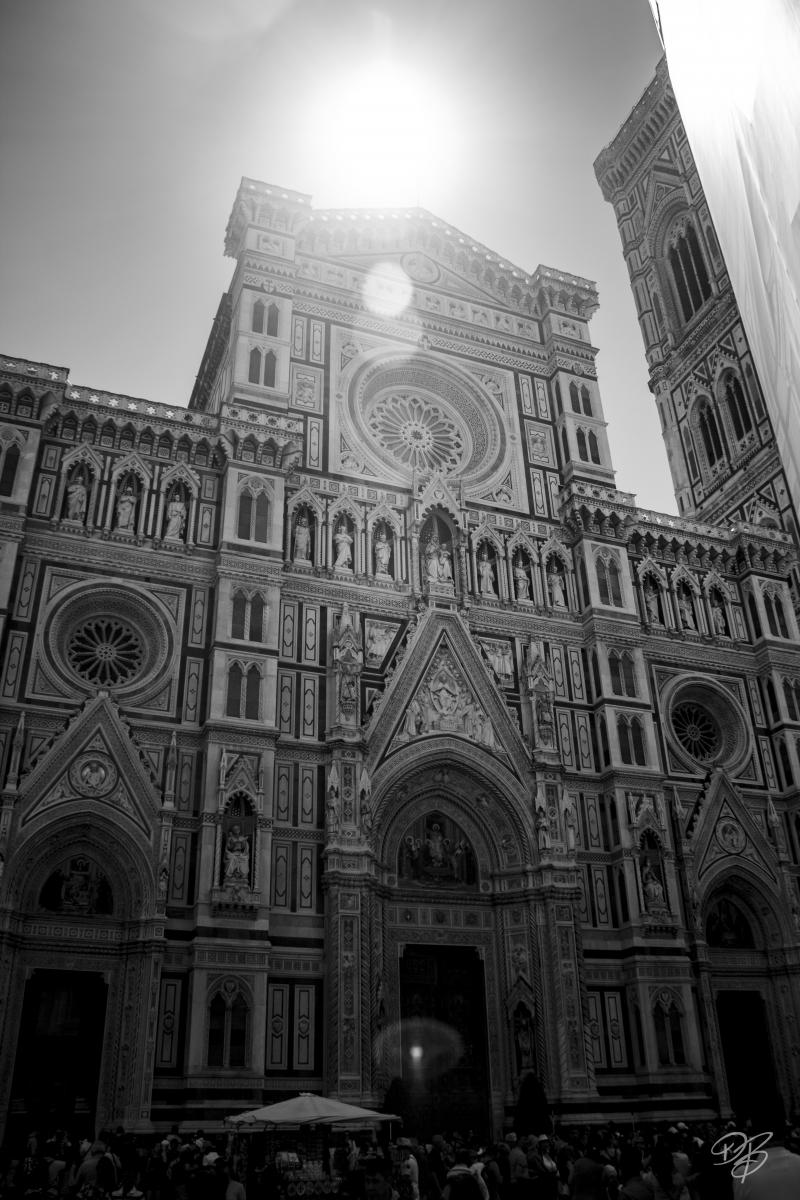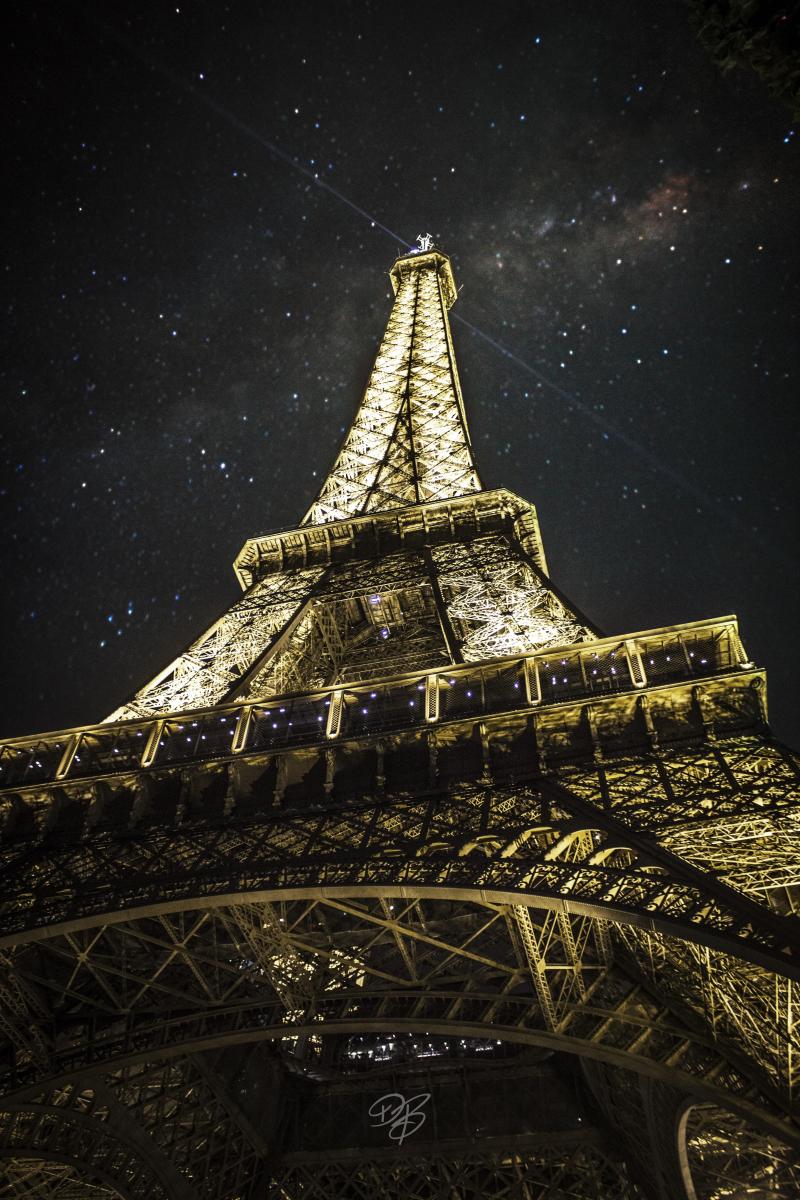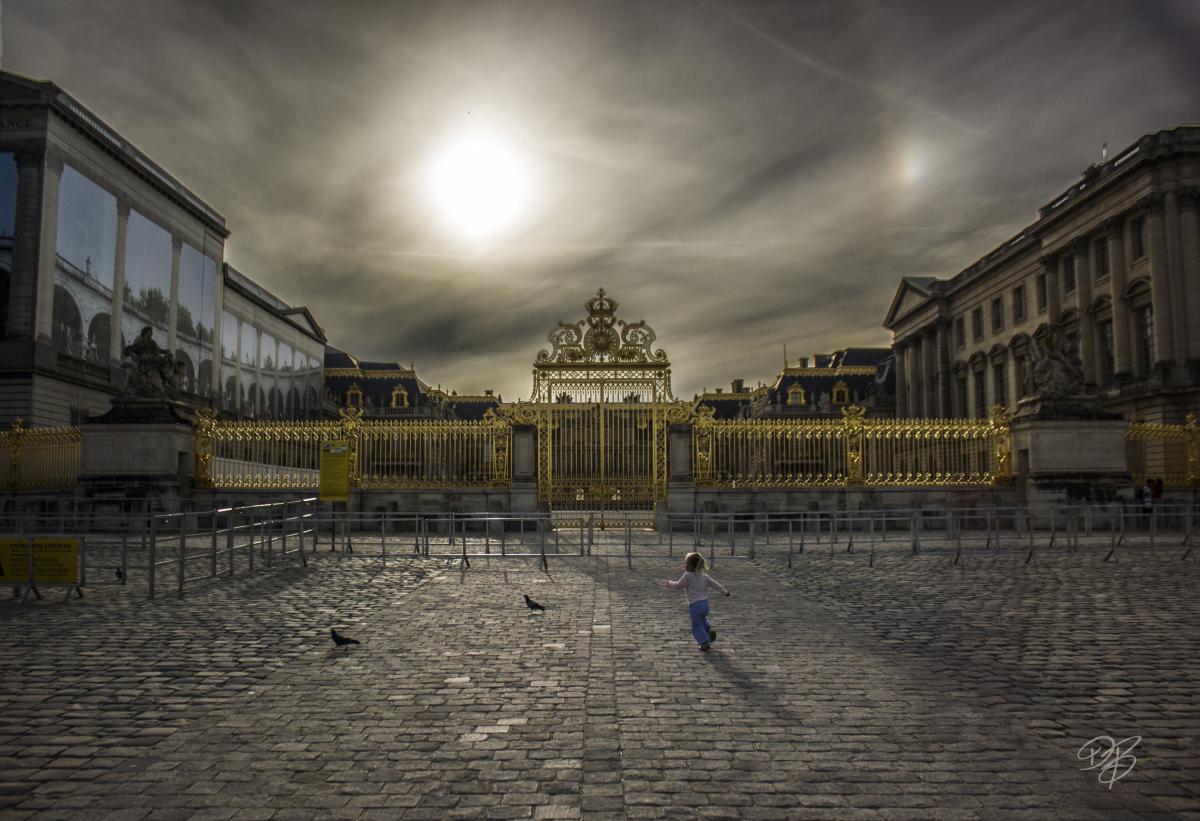I’m still a student at our local university and because of this, I got a chance recently to participate in the study abroad program. 22 other students and I traveled to Rome, Italy, to study different subjects for four weeks. One group went specifically to study Art History, but I already have credit for every art history class on campus so I went ahead and elected to take the other class that was being offered: Photography. I’m currently working on a graphic design degree, and photography is a part of that degree so I figured, what better way to learn than to go to a foreign country? Here at Pleth, I’ve been interested in pushing photography for some clients and I’m not bad at it, but I still have a lot to learn. This class was a means to not only finish part of my degree, but to grow the skills that we can use here.
There was a lot that we went over while we were there to help with our skill set: composition, lighting, and, most specifically, settings. If you are like me and you fancy yourself a photographer, then you need to get those settings down. Our graphic designer here in the office, Brittany Sims, wrote a good article that introduces settings and how they can affect an image here: http://pleth.com/posts/photography-tips-part-1-basics-manual-mode. I finally obtained a good understanding of the settings while I was there and put it to good use. I’m going to show five of my images that I took during the trip and give you the settings used for each so you can see what I used. I’ll describe what I was thinking and what I did for each.
First up is this elephant. I spent a day at a zoo with some of my roommates, and a lot of the animals there were either asleep or behind glass. This elephant was not among them. It was incredibly hot and this animal was trying to cool itself off by throwing dirt on its back. This was an interesting action shot. I wanted to have everything in focus so I raised my F-stop up and lowered my shutter speed. This made everything a little dark, so I pushed my ISO up to 200. With the lower shutter speed, I could get the movement of the dirt in the air, but it wasn’t low enough to have the trunk blur from the movement it was using to throw the dirt in the air. Something I have to do at zoos is bring a lens that is 75-300mm so I can have enough of a zoom to make it look like I was right up against the animal. I was actually standing a fair distance away. The elephant was at the back of its enclosure where the most shade was, so I had to get a good zoom to take this.
Part of our classes were supposed to teach those taking it how to handle models so there were several times the teacher brought people to class to pose for us. This was one of the last shoots in which we had to take part. When I take portraiture, I like to use the lens I call my nifty fifty. It’s a 50mm lens that I can lower to a 1.8 F-stop. The point of this is to separate the subject from the background by putting the focal point on the subject and blurring out the background. It works a lot like an eye. In this case, I used an F-stop of 2.2. It was just enough to keep the main focal point, her face, in focus and start blurring out the farther away from her face. It’s important that when on shoots like this, you make sure the focal point is on the eyes. It’s what we are naturally drawn to when we are looking at portraits. The shutter speed was upped to 1/320 so any movement wouldn’t be picked up and the ISO was dropped down to 100. Since it was daylight, it’s best to keep the ISO down. To understand what it does when it’s high, remember to check out Brittany’s blog, http://pleth.com//posts/photography-tips-part-1-basics-manual-mode.
This is the biggest church in Florence. This was taken during the middle of the day. Lighting is important to understand when you are taking pictures; it can make the image seem more magical, or it can ruin it. In the middle of the day, the light is harsh and can give sharp shadows. To counter this, during the middle of the day, it’s good to make things black and white. It gives an interest to the image in the overall contrast. I used the sun in this image to add to the contrast and interest in this image. To do this, I had to raise my shutter speed to 1/1600. It could also be done by raising your F-stop to 5.6 or above and lowering your F-stop. Either way, this brought out the detail of the sun and added a natural lens flare to the image. Again, because I was shooting directly into sunlight, I kept my ISO down to 100.
While we were overseas, we had a four-day weekend, and my wife and I decided to head to Paris since we had the time off. I was interested in trying my hand at night photography while I was overseas during this class. Most of what I looked into was talking about long exposure so that we could keep the ISO low to reduce noise, but long exposures pick up a lot of movement and the lights on the Eiffel Tower were constantly moving, specifically the light at the top. Because of this, I chose to raise my ISO up to 800. With it being night, I still had to drop my shutter speed to let in more light. I don’t recommend trying to handhold your camera when you drop your shutter speed below 1/20, but I didn’t have my tripod. I used my wife’s shoulders to balance my hands. I put my F-stop up to 5.0 to make certain that I kept everything in focus. From there I had to find the right composition. It took a few shots before I found an area that I liked. This is the end result—the composition shows the staggering height of the tower and has complimentary angles in the base and the light at the top. The slanted lines give the image a dynamic interest that one from a distance or straight on can’t establish.
While we were in France, my wife and I took a trip to Versailles near the end of the day. We waited through long lines to get in, and we stayed until they were getting ready to close. Because of this, all the people who were waiting at the entrance were gone when we went to leave. I couldn’t get a better shot of the gates if I’d paid for it. This is the palace of the Sun King and the sky was super dramatic that day. I raised my shutter speed to 1/4000 and kept the exposure low. This is one of those lucky moments that happens occasionally. There was nobody in the image to begin with so I was taking shots of this at different exposures; when I got to the lowest one, this little girl ran in to chase the pigeons away. I kept my F-stop down at 3.5 because I wanted the focus on the gates more than anything else and because of the intense light, I could keep my ISO down to 100. This turned out to be my favorite image taken during the whole month we were overseas because of the little girl. It just shows that while you may spend your whole time learning the settings and understanding composition and lighting sometimes the best images just fall in your lap by chance.





